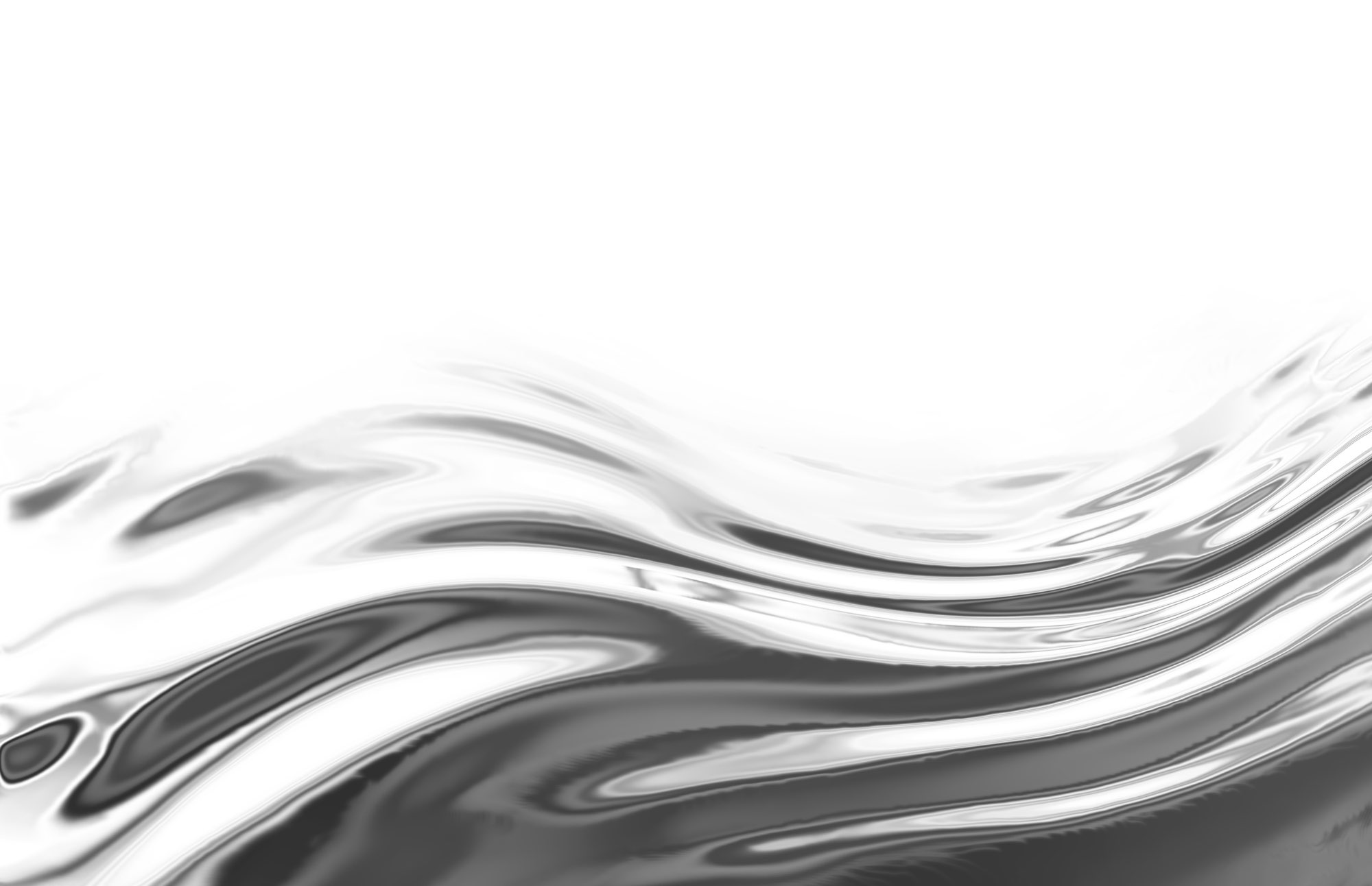 SAUDI ARABIA JEDDAH
SAUDI ARABIA JEDDAH
ALUPCO
Profiles anodizing
Anodizing plant for aluminium profiles with electro and dye colouring tanks and designed with "MULTICELL" technology
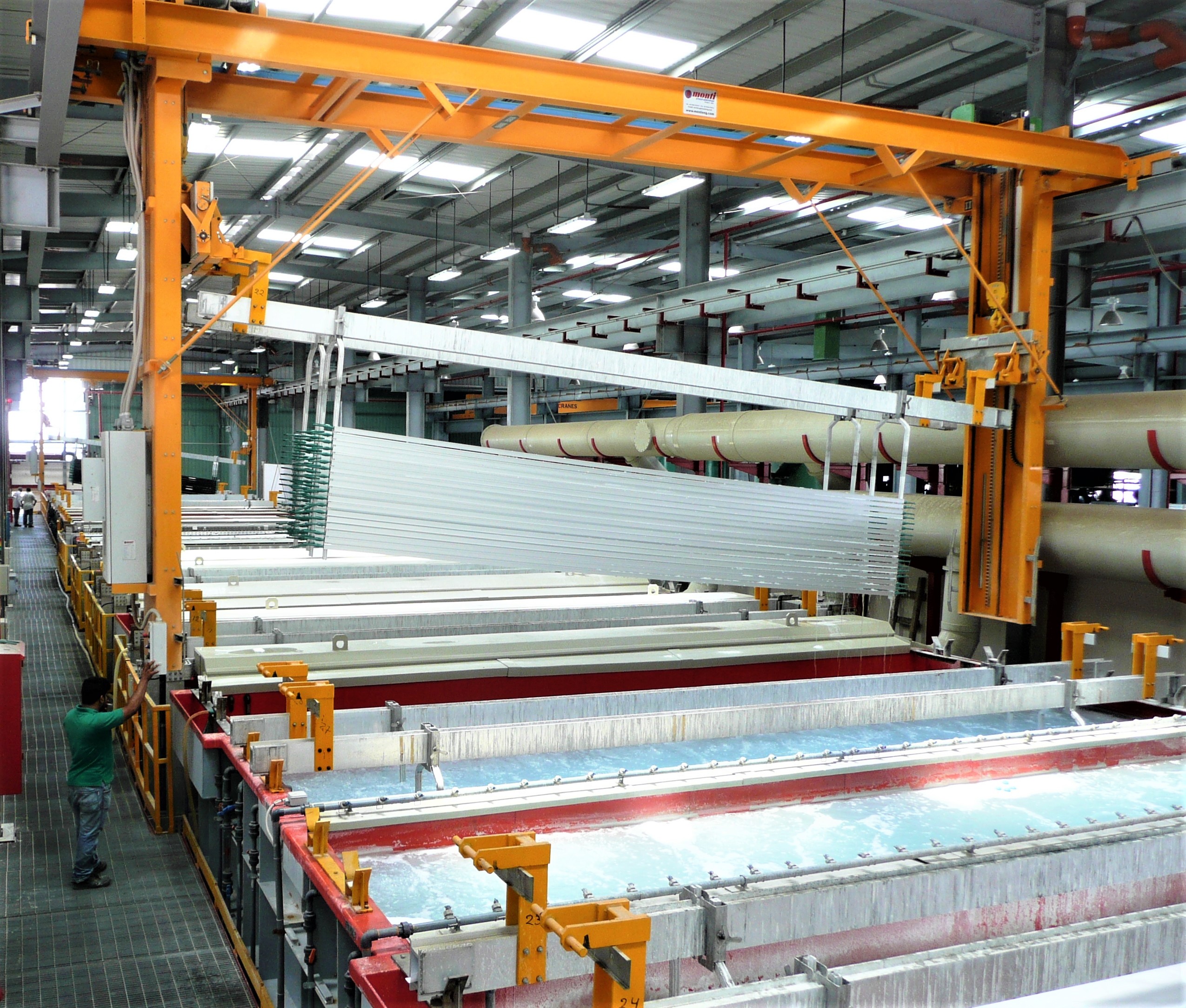
CASE HISTORY: "MULTICELL" PLANTS
Anodizing plants must always combine different issues and inputs, sometimes conflicting with each other. The productivity of the line must be maximized, but at the same time the quality level must be kept constant and in accordance with the best standards. To increase productivity, the traditional ways followed in the past were two:
1. increase the height of the treatment tanks (up to 3 m or more) or
2. increase the number of oxidation tanks.
The first approach becomes a limit for the uniformity of the treatment (especially if coloring processes are also required) and makes hooking and unhooking operations difficult due to the considerable height of the load. The second, does not bring benefits in proportion, since more oxidation tanks means more movements of the handling bars, which is difficult to manage, even if is increased the number of bridge cranes working along the line.
For these reasons, in order to combine excellent and uniform quality, simple plant management and, not least, great production capacity, Monti Engineering has designed "Multicell" anodizing plants. The handling bars are prepared as single bars, then, thanks to special devices, 2, 3 or more bars are gathered together to make a group that will be treated and handled simultaneously. From this point, until the end of the process, a special bridge crane will bring the grouped bars together and carry out all operations according to the selected recipe.
Of course, the treatment tanks are designed accordingly; for example the anodizing tanks have a number of cathode rows suitable for maintaining the right distance between the electrodes and each line of pieces to be treated. We therefore have not only a galvanic treatment cell but several cells within the same tank (hence the concept of "Multicell").
Treating several bars at the same time means reducing the number of bridge cranes movements to carry out the cycles, therefore it implies a decrease in dead times, and therefore an increase in the productivity of the system. Furthermore, it is not necessary to have such high tanks, which allows to simplify the hooking / unhooking operations but, mainly, leads to more homogeneous solutions inside the tanks, the basic condition for having a truly optimal quality.
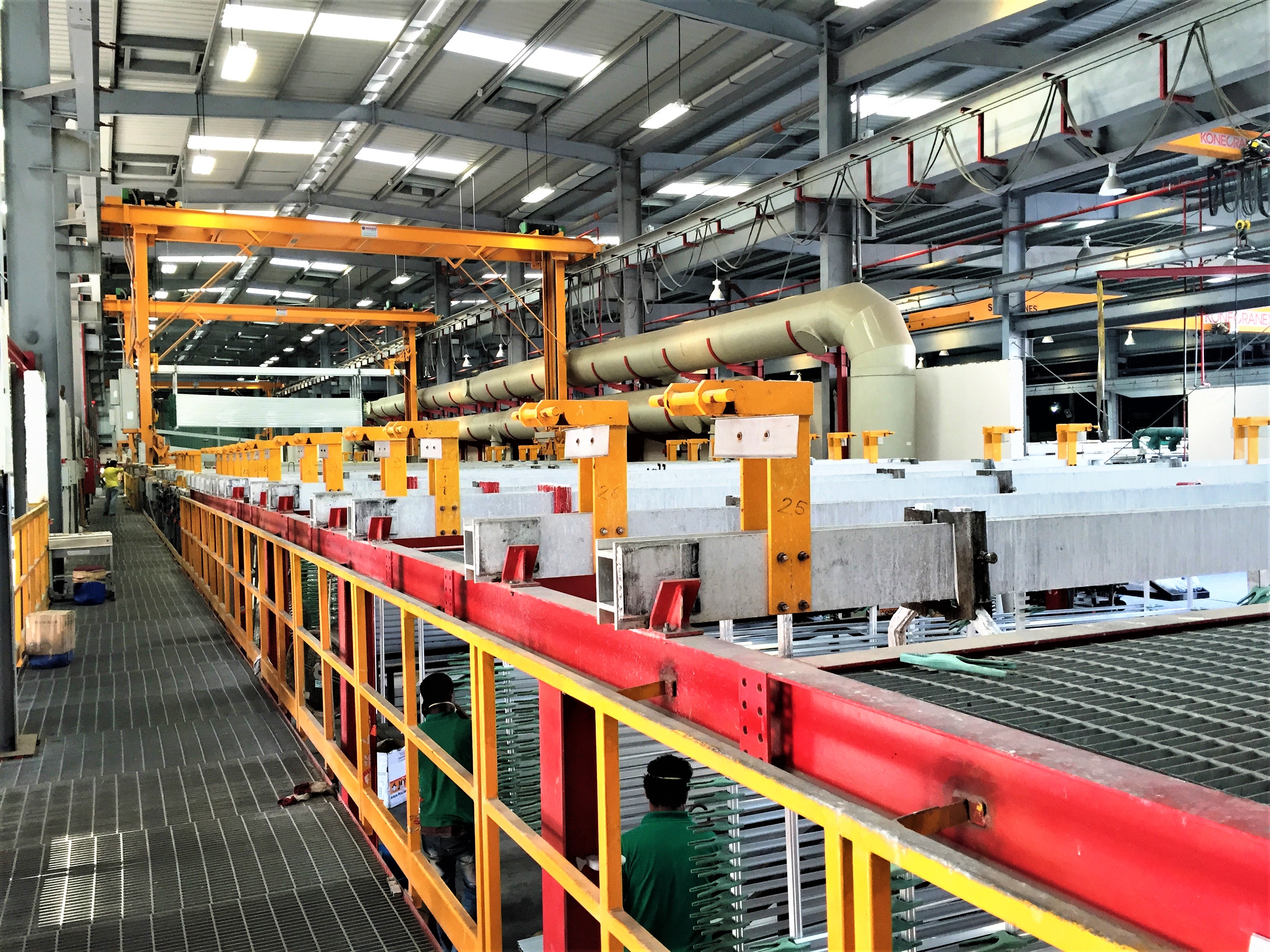
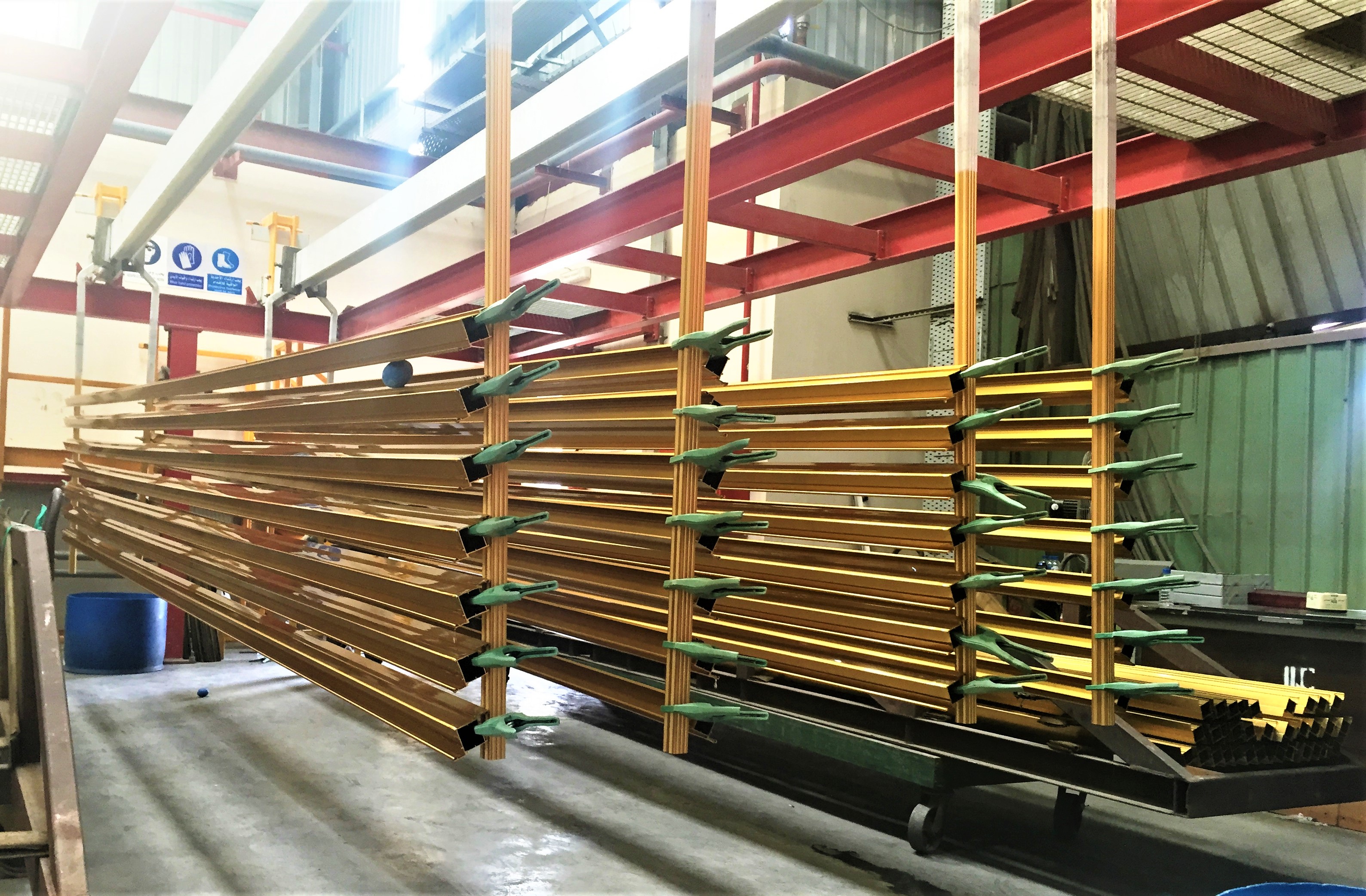
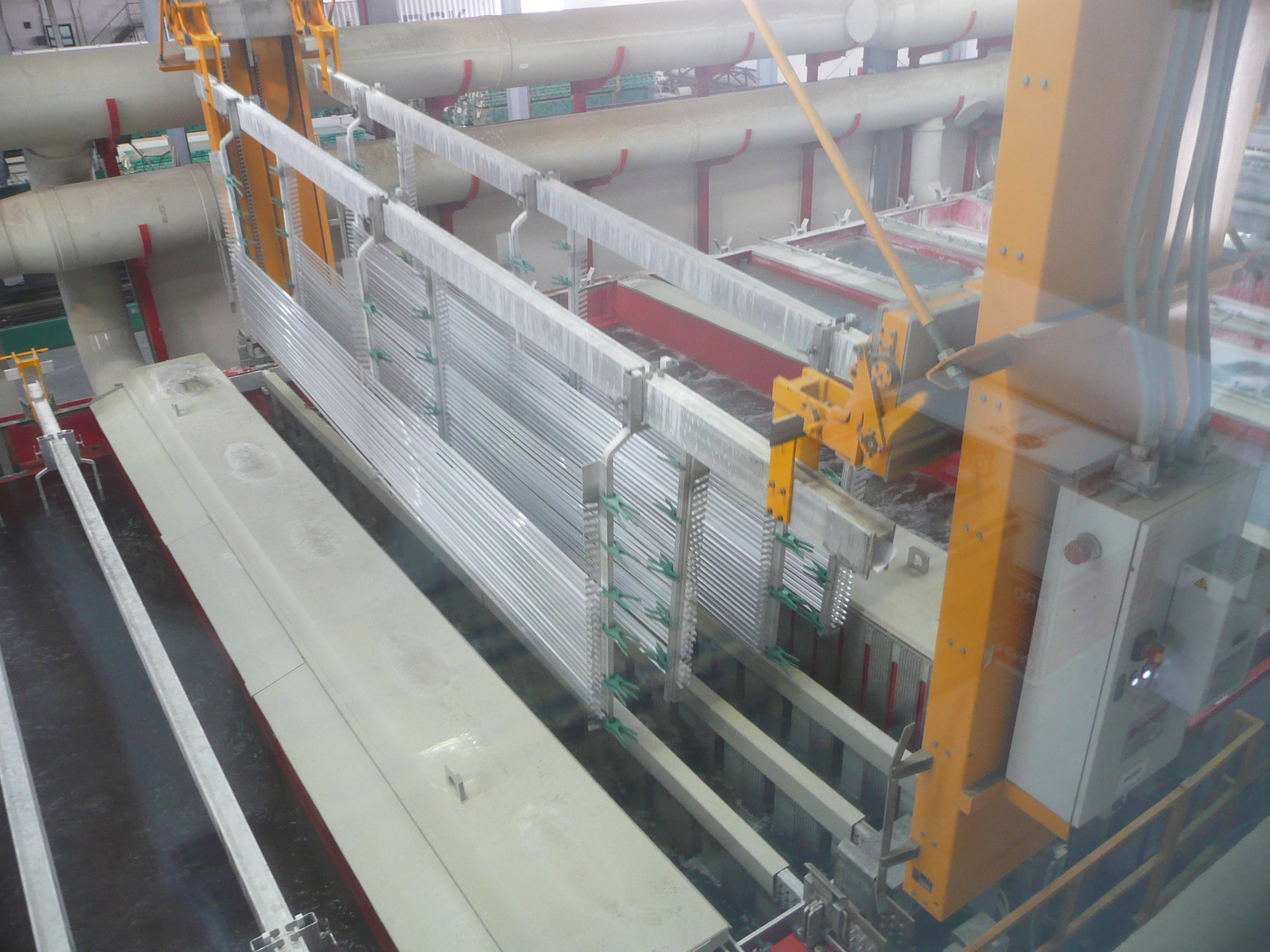
The bridge cranes of the "Multicell" plants are equipped with the "Bars Spread" system: if it is necessary to have a greater distance between the parts (such as inside the anodizing tanks), this system "moves" the bars away, otherwise brings them closer together, for instance inside the rinse tanks
